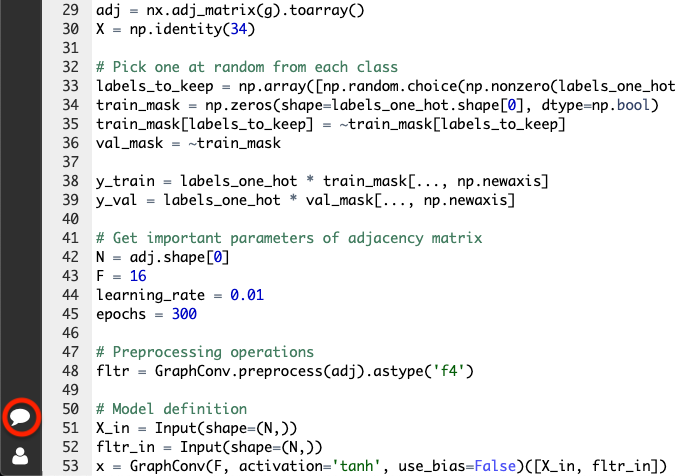Click on the "Login / Register" button.
If you already have an account, log in via "Sign in". If not, click on "create an account" and follow the procedure.
Login / RegisterClick on the "Login / Register" button.
If you already have an account, log in via "Sign in". If not, click on "create an account" and follow the procedure.
Login / Register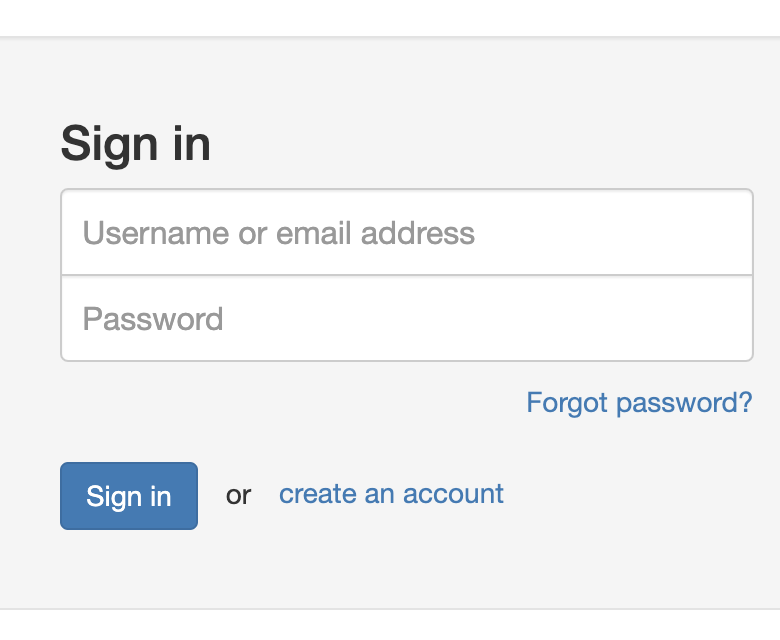
Click on the "+" button in the upper bar.
VISPA applications open via a drop-down menu as a tab: several applications can be opened in parallel. Below is an overview of all applications.
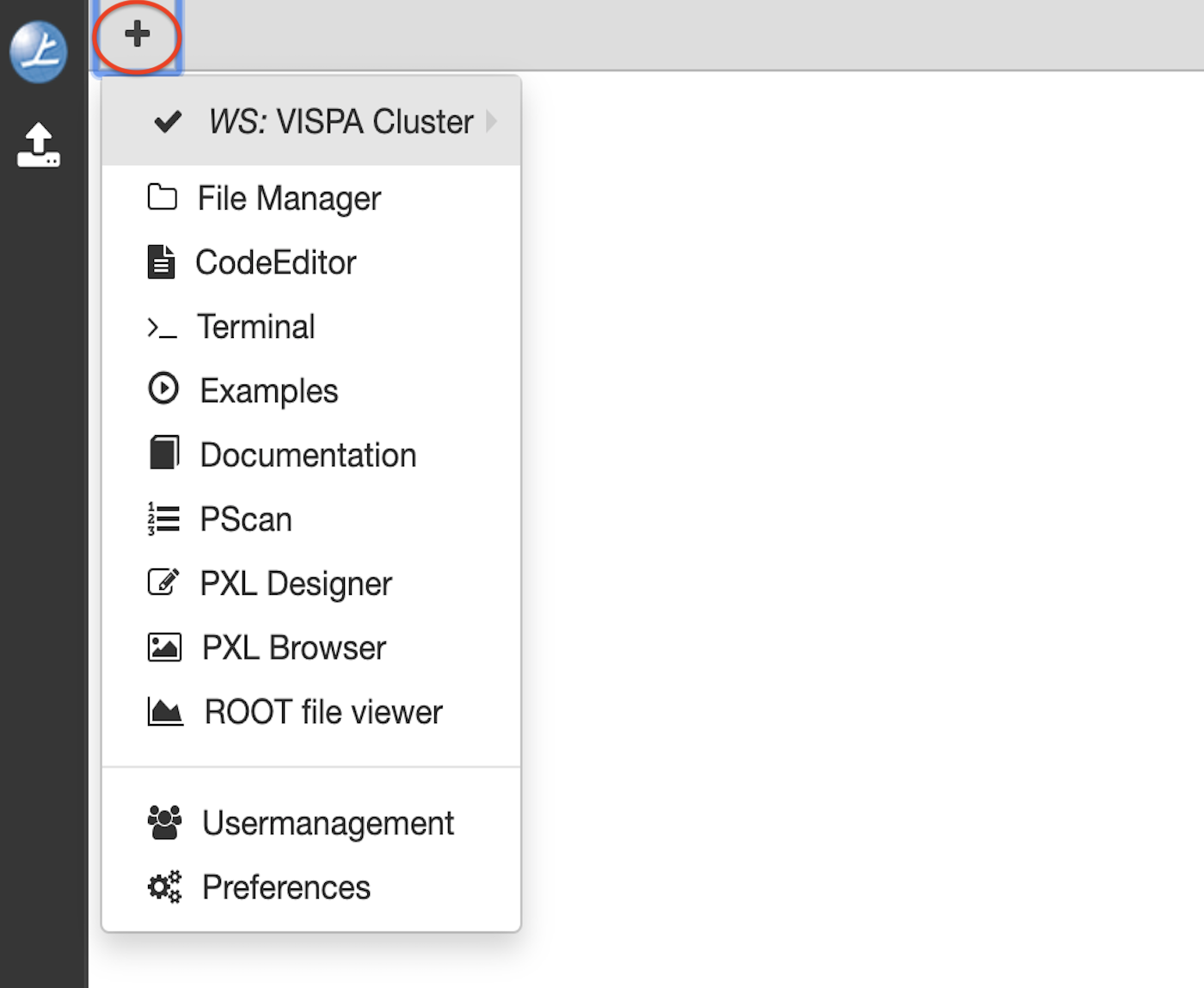
The file manager is like most of the known file managers. All standard file operations like open, copy, past, remove, download or compress are suppoerted. Left click to open a file or folder. Right-clicking on the selected file or folder opens a menu for further actions. For a new file or folder, right click on an empty space. For touch devices, use the icon for settings. Before downloading multiple files simultaneously, they are compressed. Drag and drop is supported, so you can move your own files to VISPA or copy them directly to your local computer.
Clicking the bookmark button in the upper left corner marks the current directory for faster access to your most used directories. Double-clicking the upper blue path allows you to enter the path manually, useful to skip loading time of large folders like "home". By default many shortcuts are implemented, e.g. ctrl + c for copying or ctrl + f for searching. A complete list of all shortcuts can be found in the "Preferences" menu. All default settings can be changed.
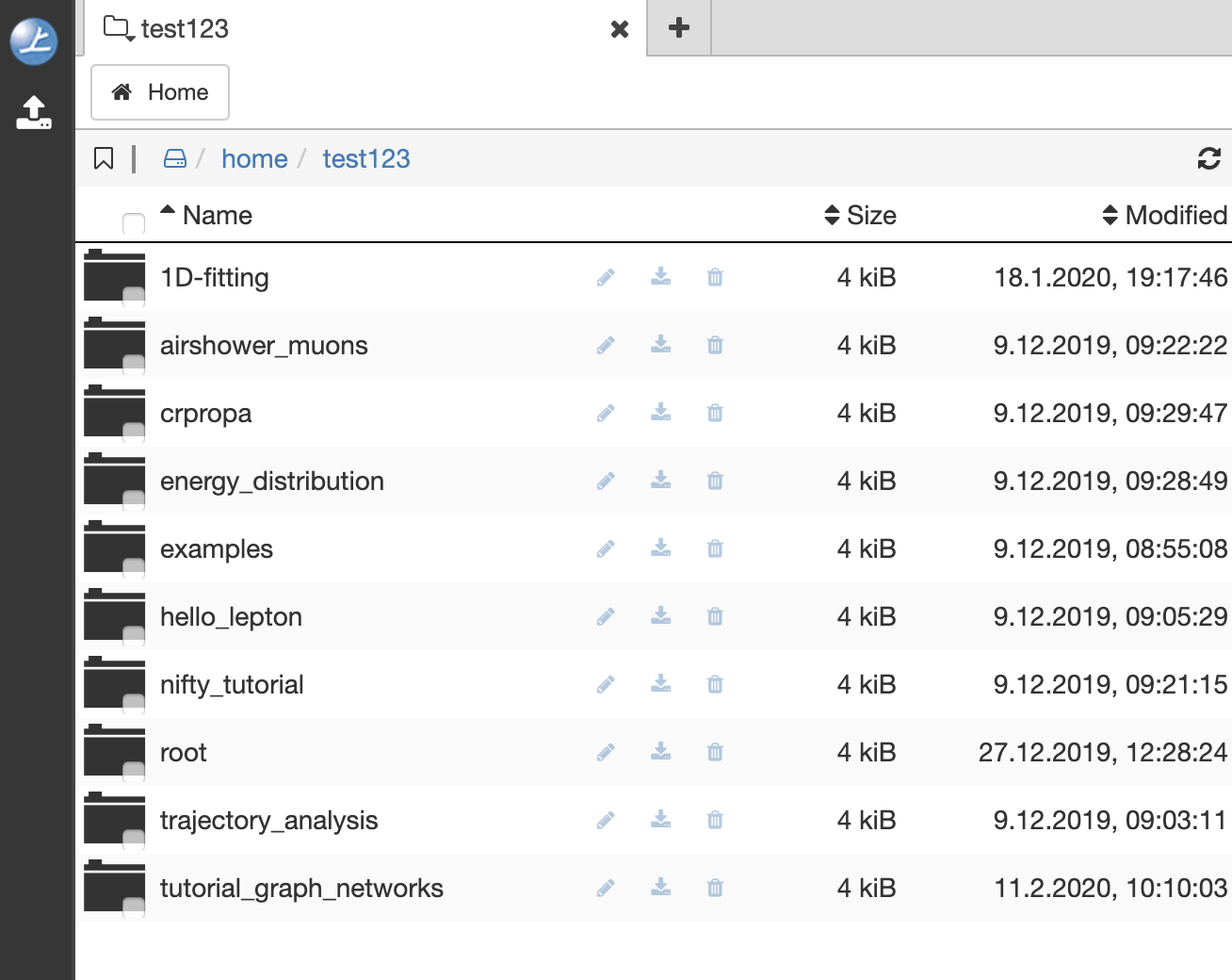
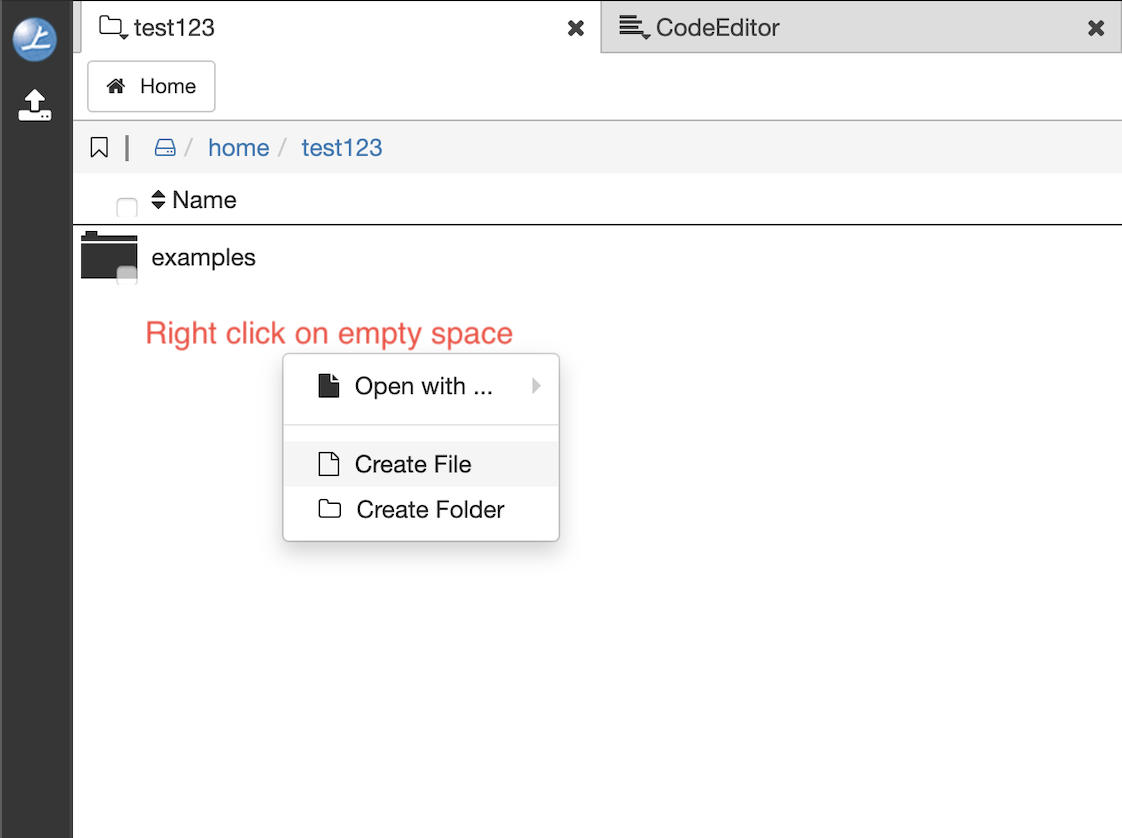
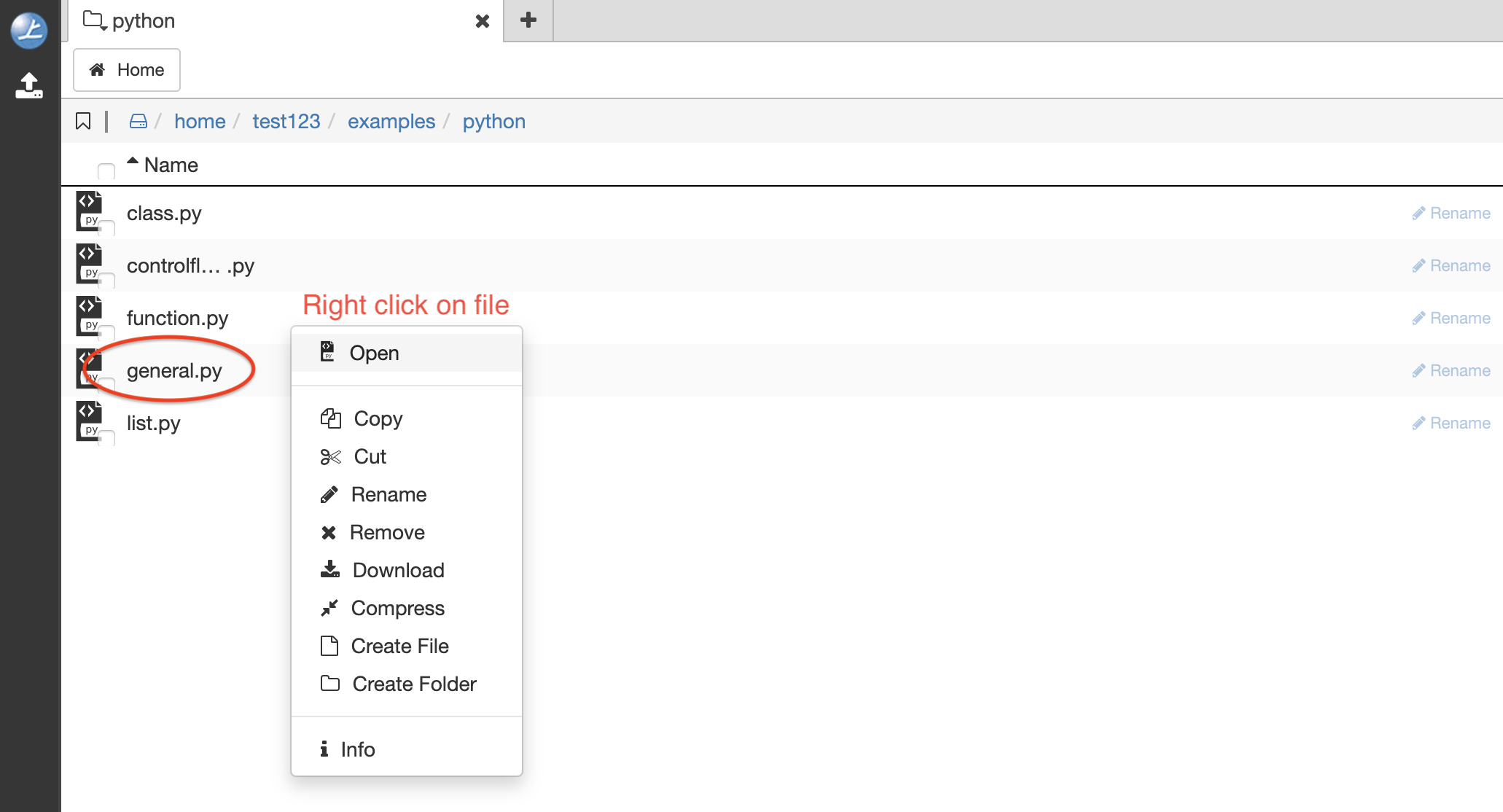
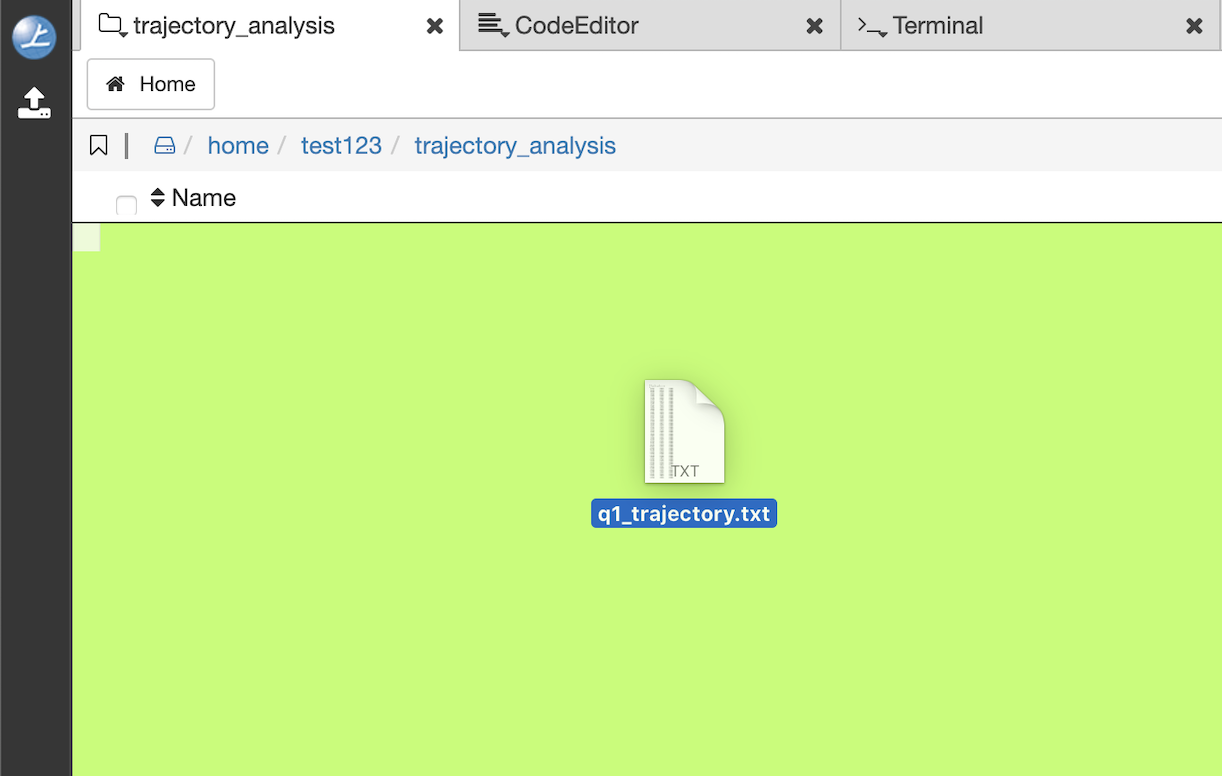
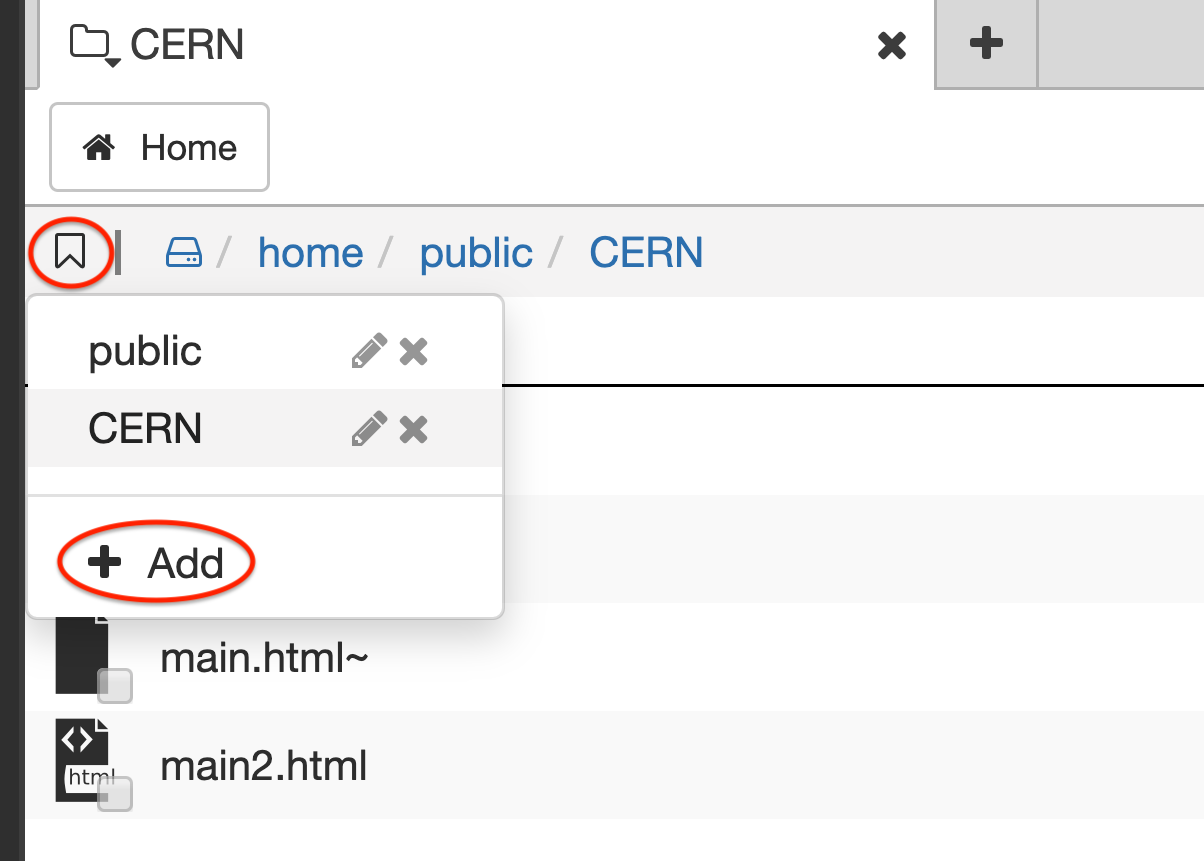
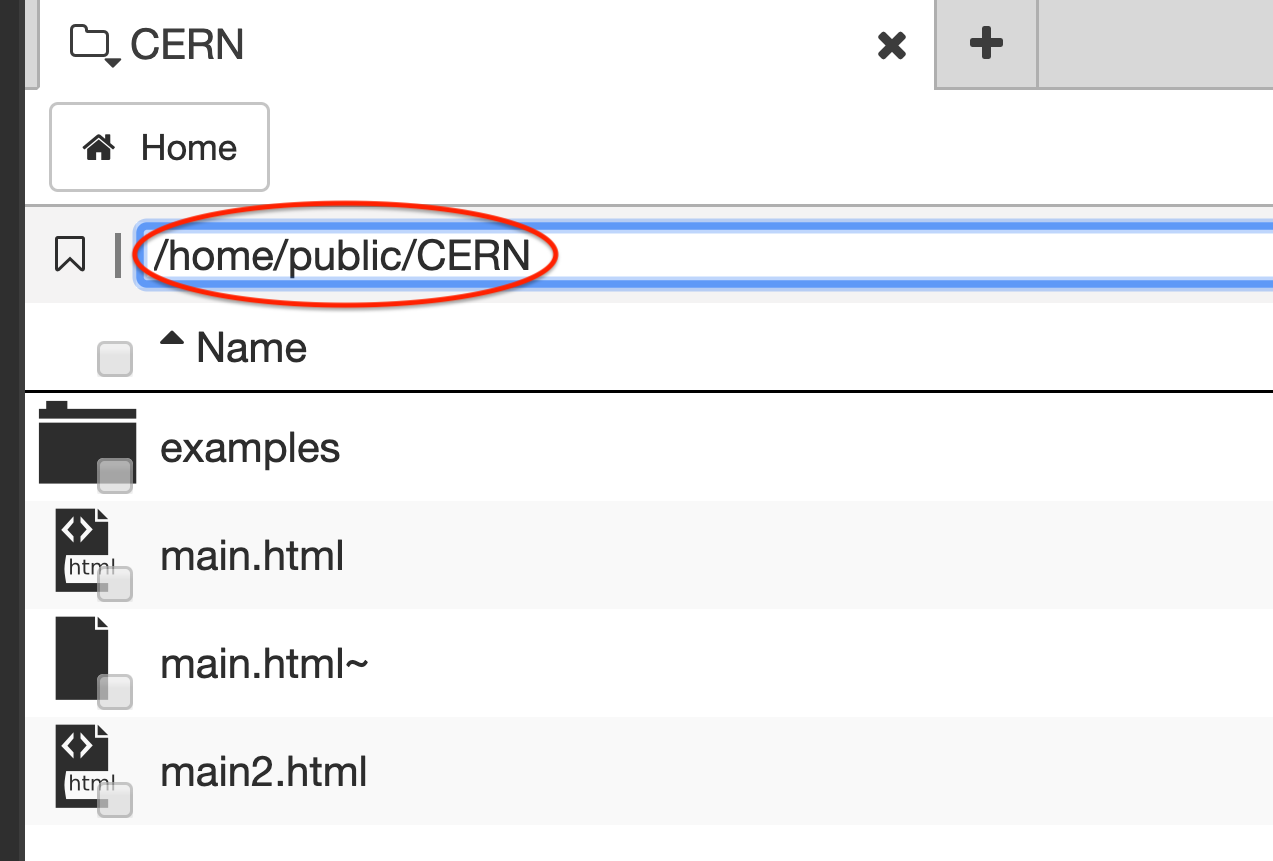
The code editor is the basic application of VISPA for inspection and edition of text files. A variety of functions, syntax highlighting for all common programming languages and automatic storage functionality support the work. In case of Python and shell code, the script can be executed directly in the code editor by clicking the "execute" button. When the program is finished, the terminal output and output plots are displayed on the right. Clicking on a plot makes details visible. Calculations can be aborted by the user with the "Abort" button.
Existing files can be openedfrom the file manager by clicking on file. New and thus empty files are opened for editing by clicking on the Code Editor from the menubar.
The preference system can be used to adapt the appearance and handling of the code editor application by e.g. setting keyboard shortcuts for saving and executing adjusting language-specific comments.
To resize the single windows you can drag the edges.
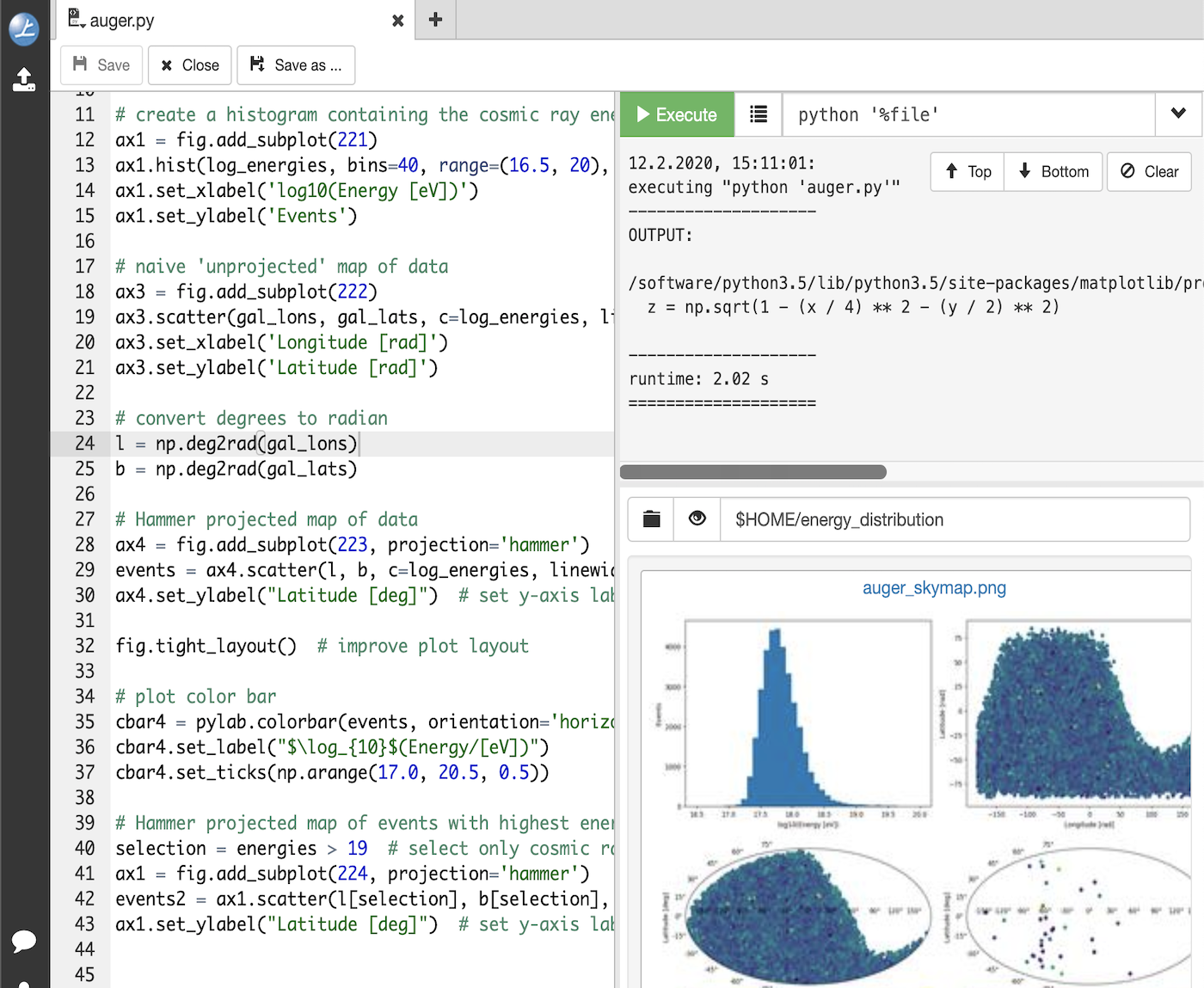
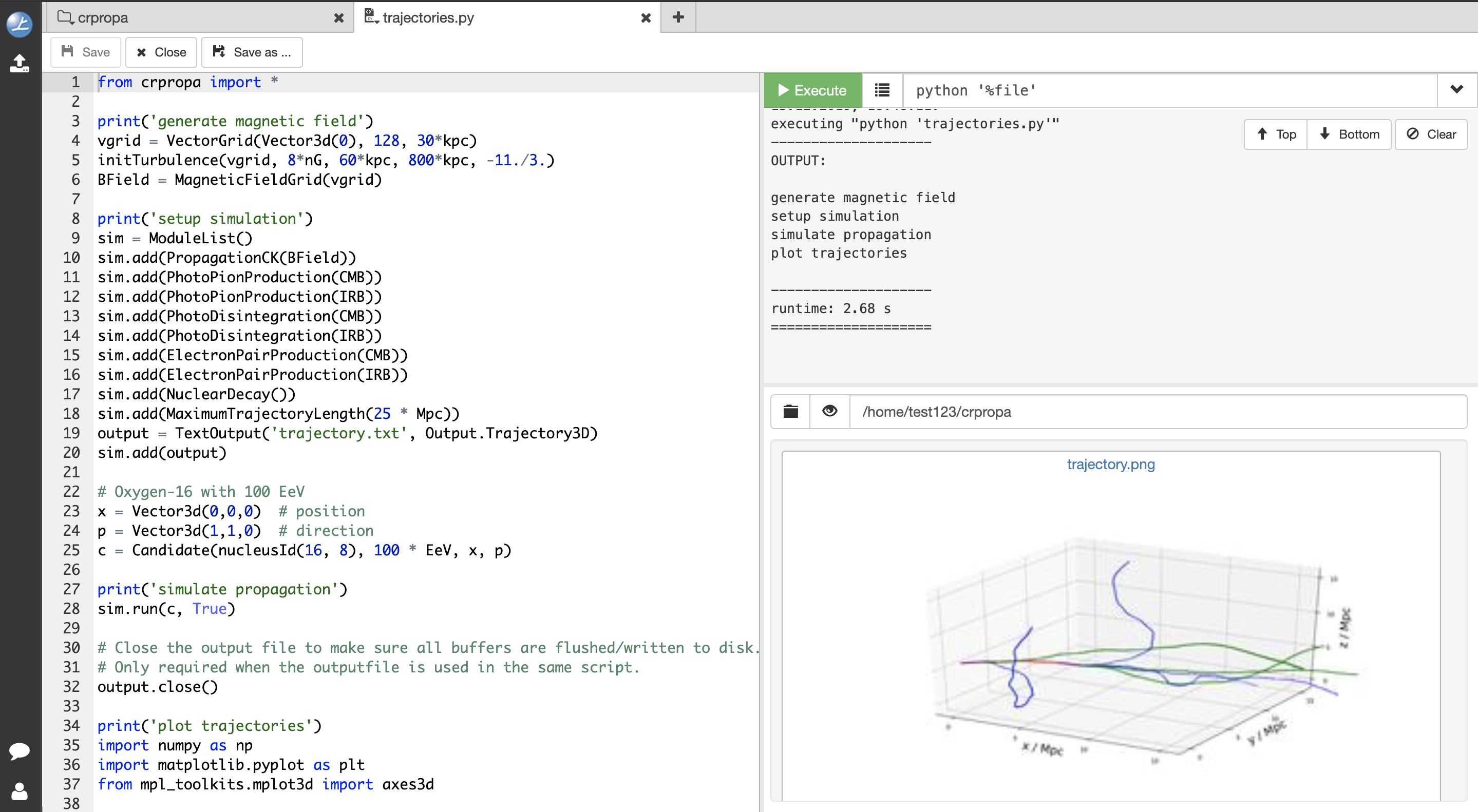
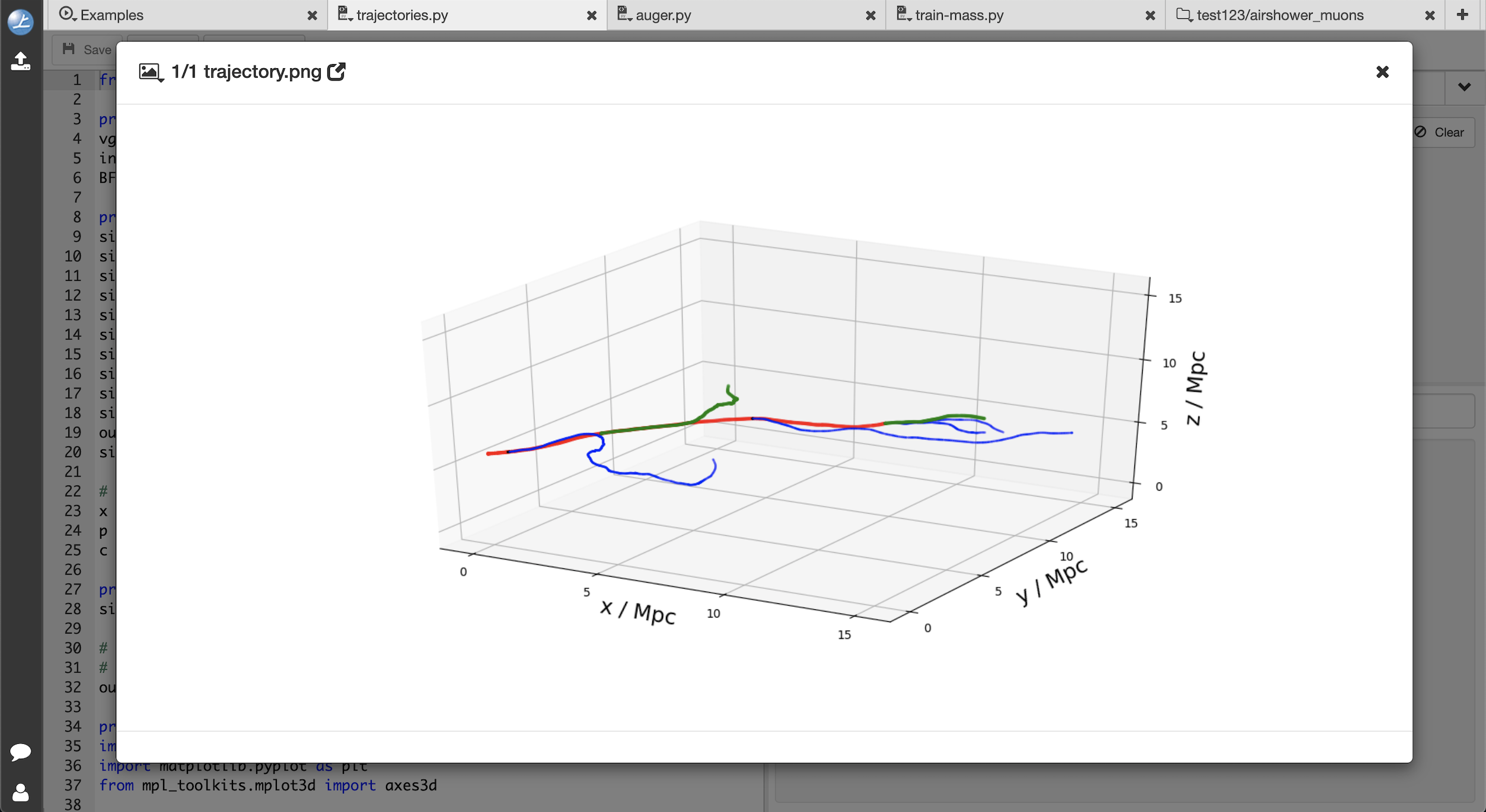
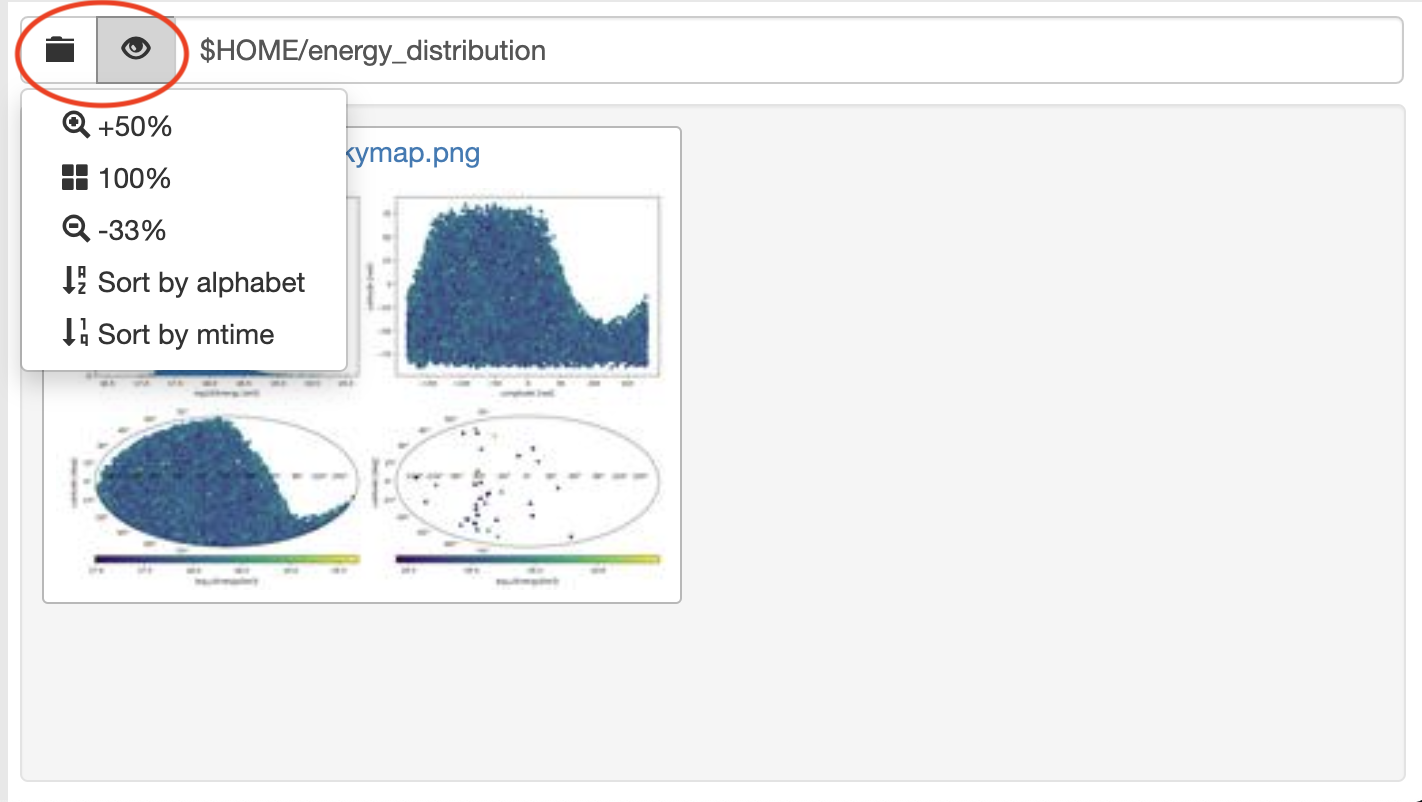
The terminal application offers the same linux functionality as its regular desktop counterpart. You can use it to access all features that do not have a GUI implementation yet. E.g. compile your C++ programs or work with repositories.
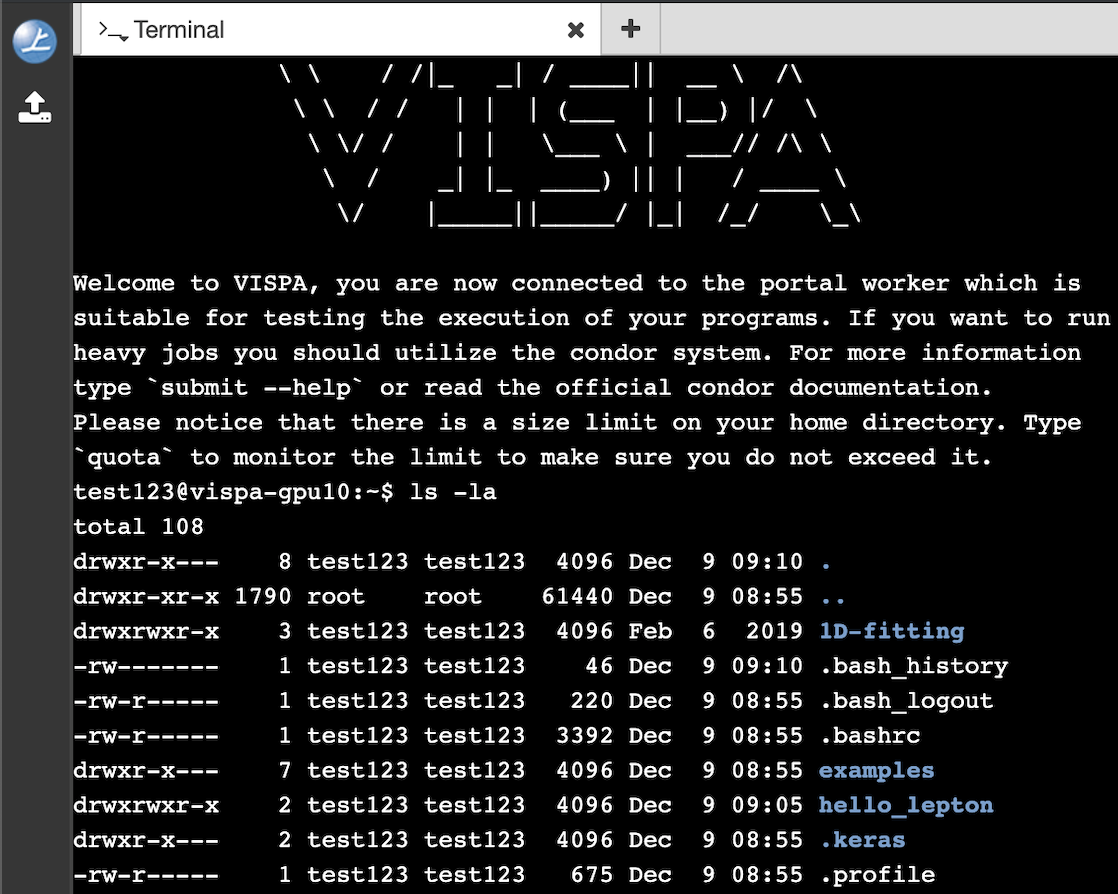
If you enter a new field of research or are new to programming you might want to check out the publicly available examples in the application menu. You can choose from several different topics e.g. Deep Learning, astroparticle physics, economics, information theory, and more. Choose a topic of your interest and you can directly execute the program and get some inspiration for your analysis.
In your home directory, you will find an additional examples folder which contains exemplary scripts showing you the usage of python, ROOT, numpy and scipy. You can freely access and execute them with the code editor.
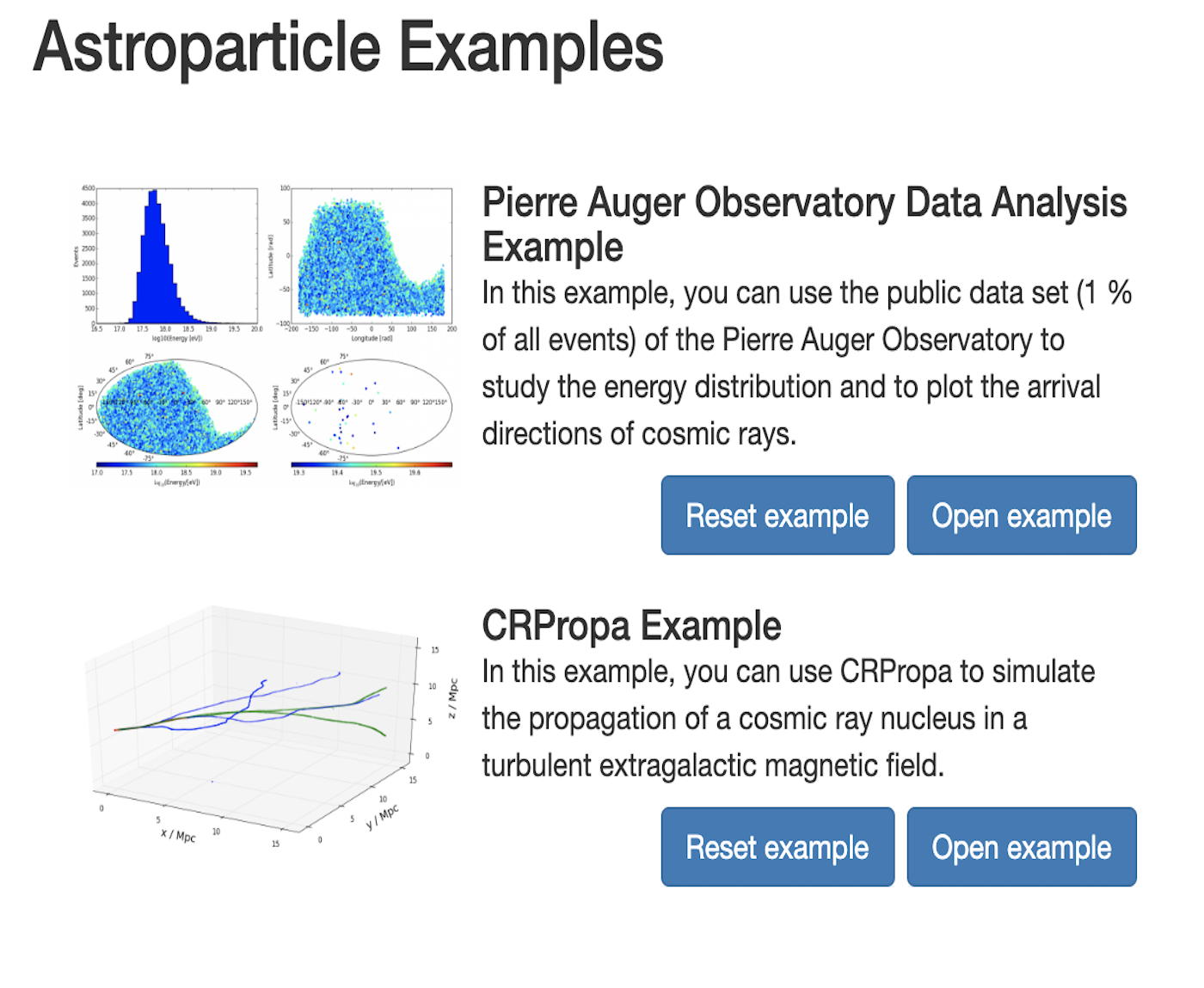
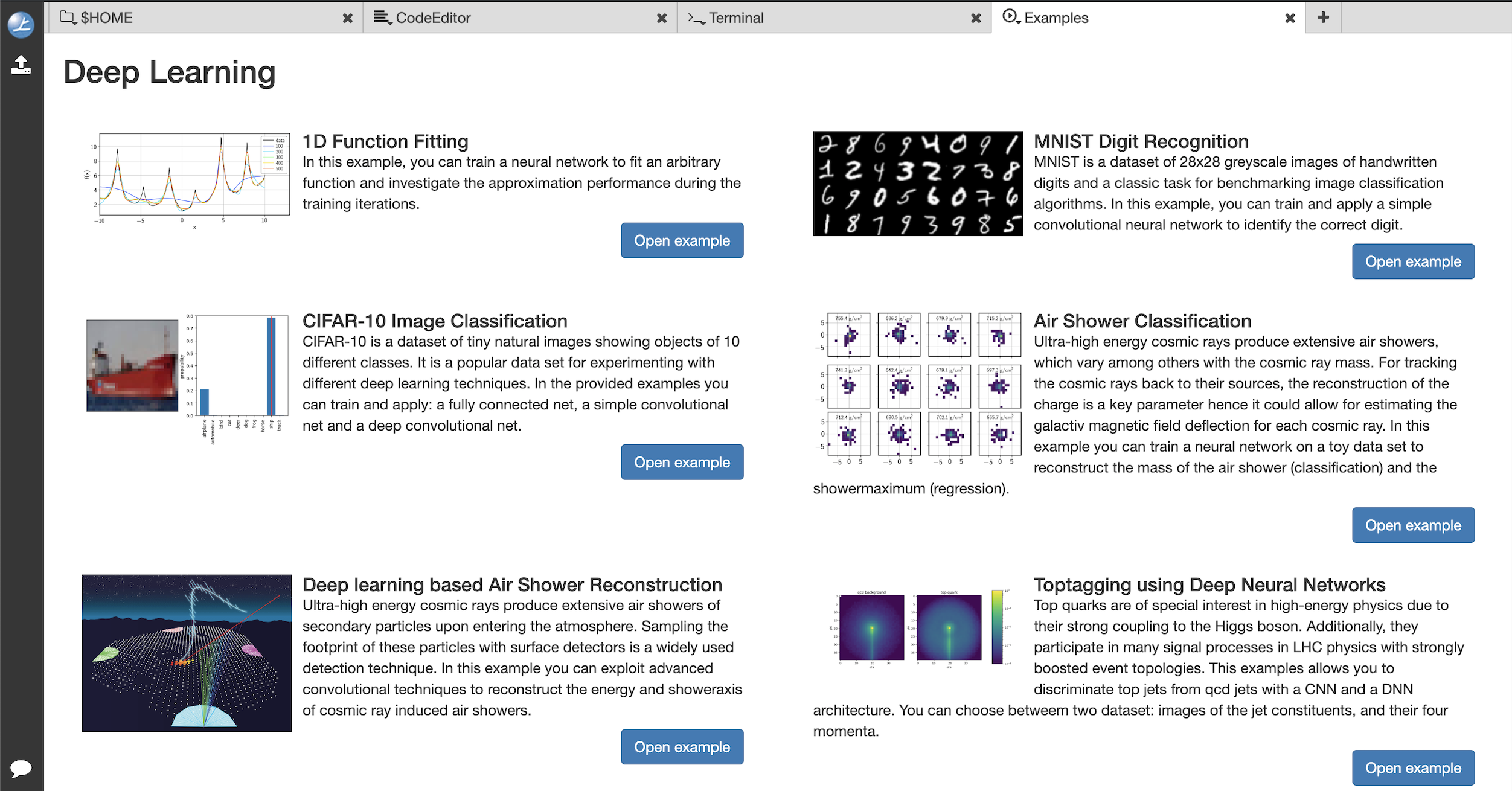
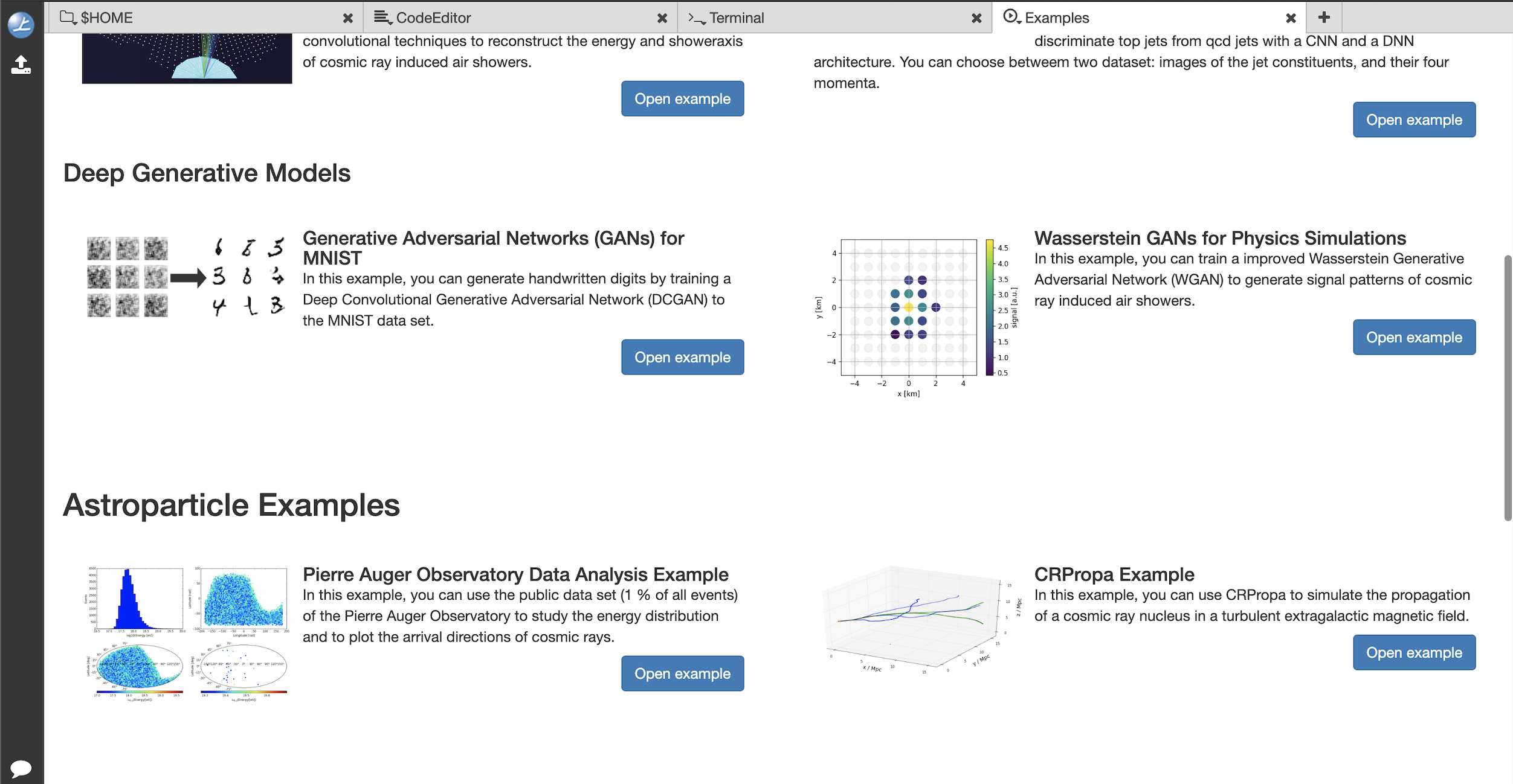
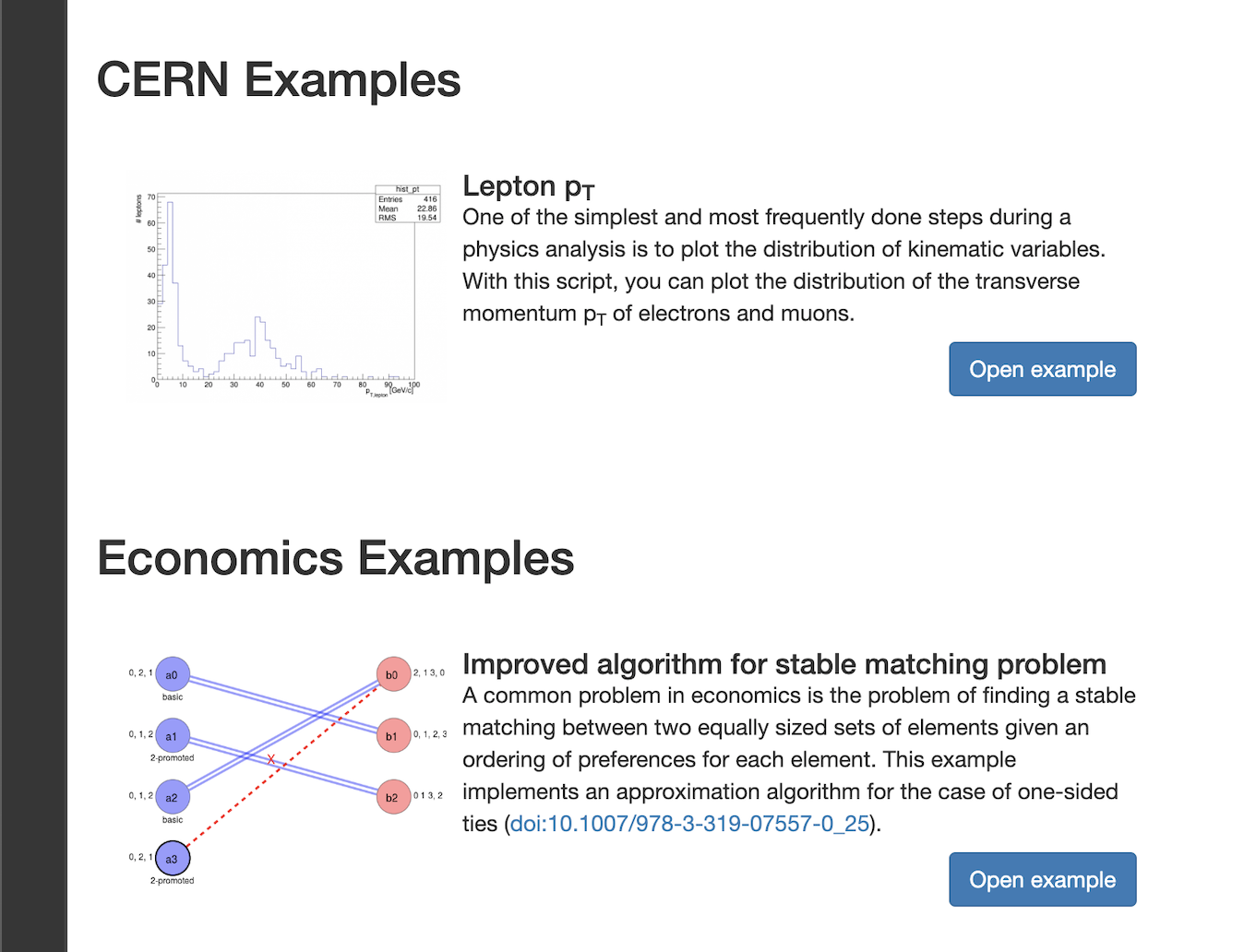
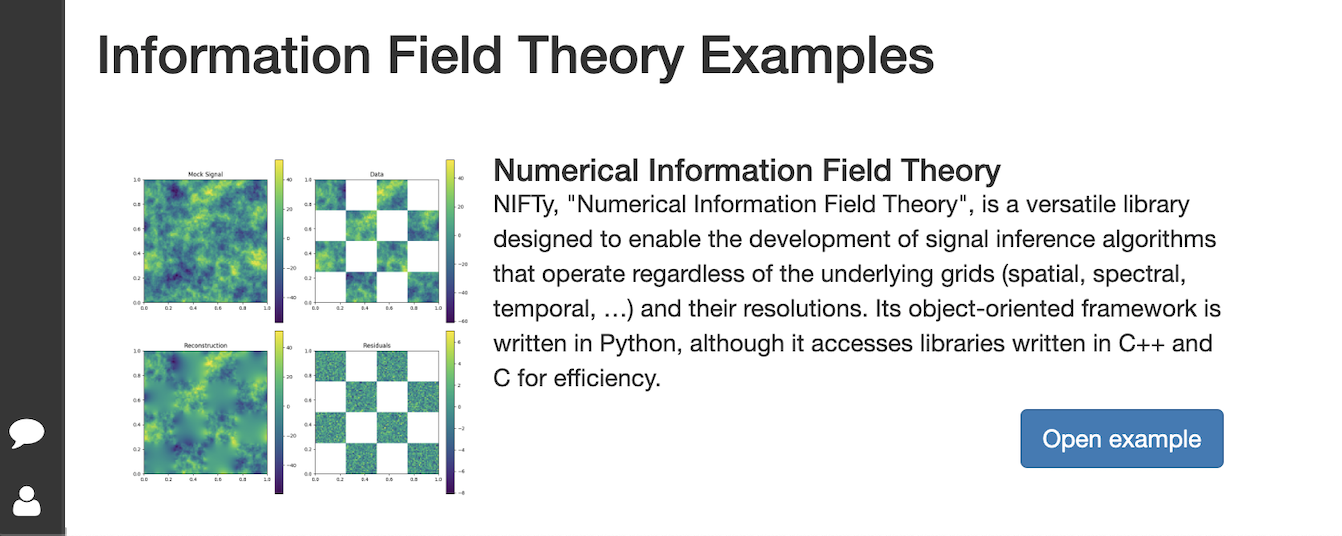
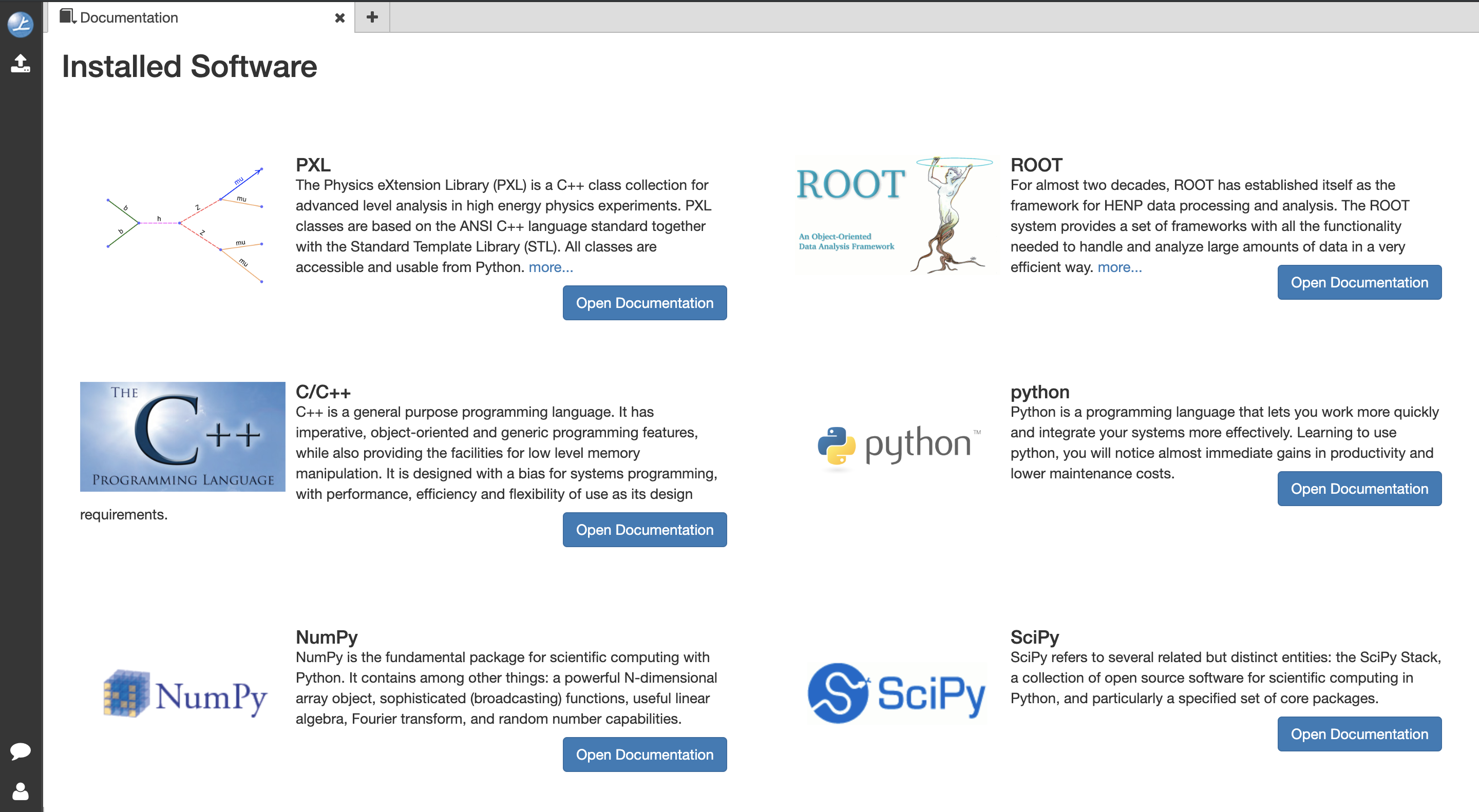
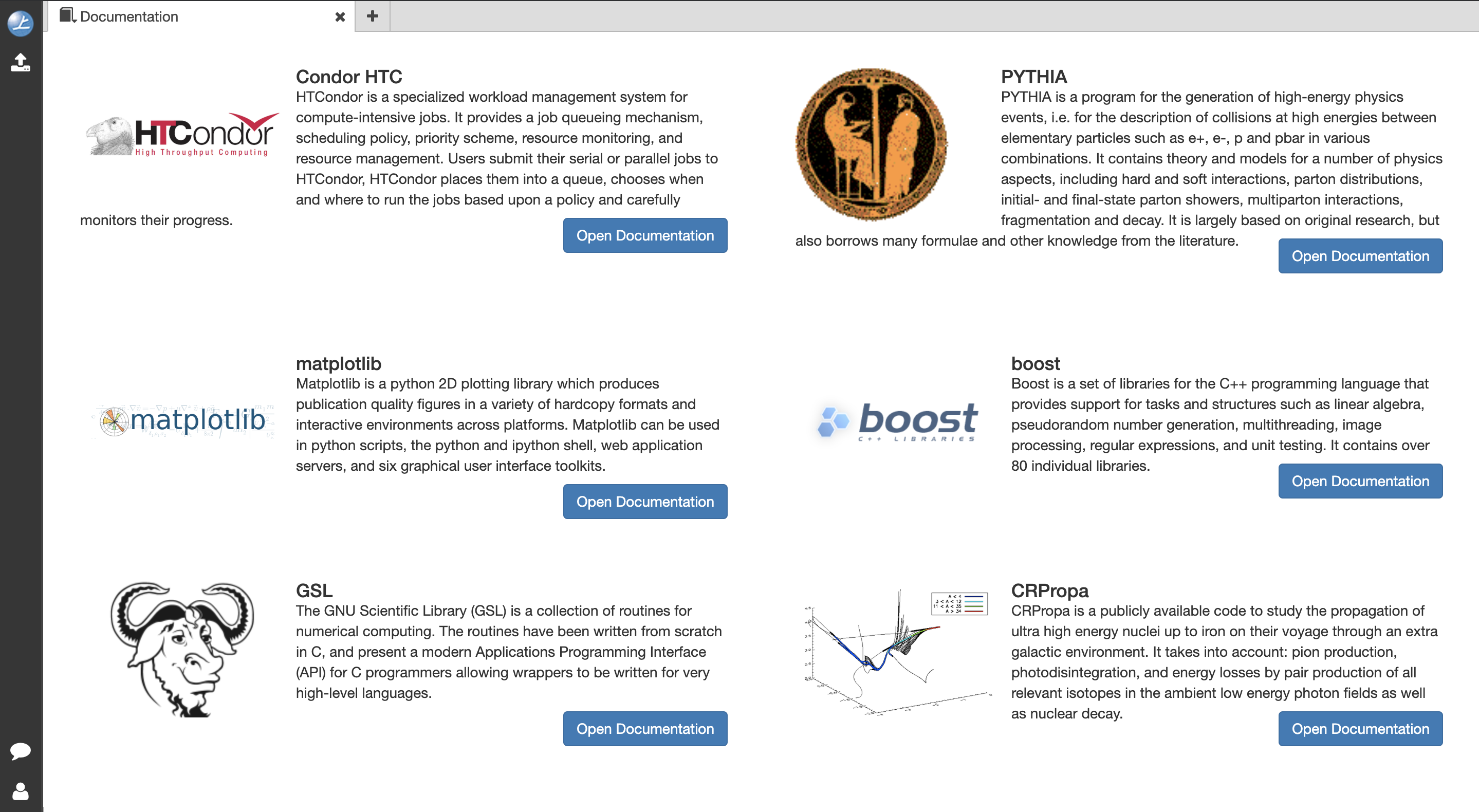
PScan is a very useful application to quickly analyze the graphics you produce in your analysis. It provides an environment for a productive and fast parameter comparison.
To execute, you need to specify a directory path and type in a regular expression (RegEx) for the desired file selection. Please note that dynamic regular expressions are not supported. After scanning, you can easily adjust your parameter with a bar to quickly browse through different parameter combinations.
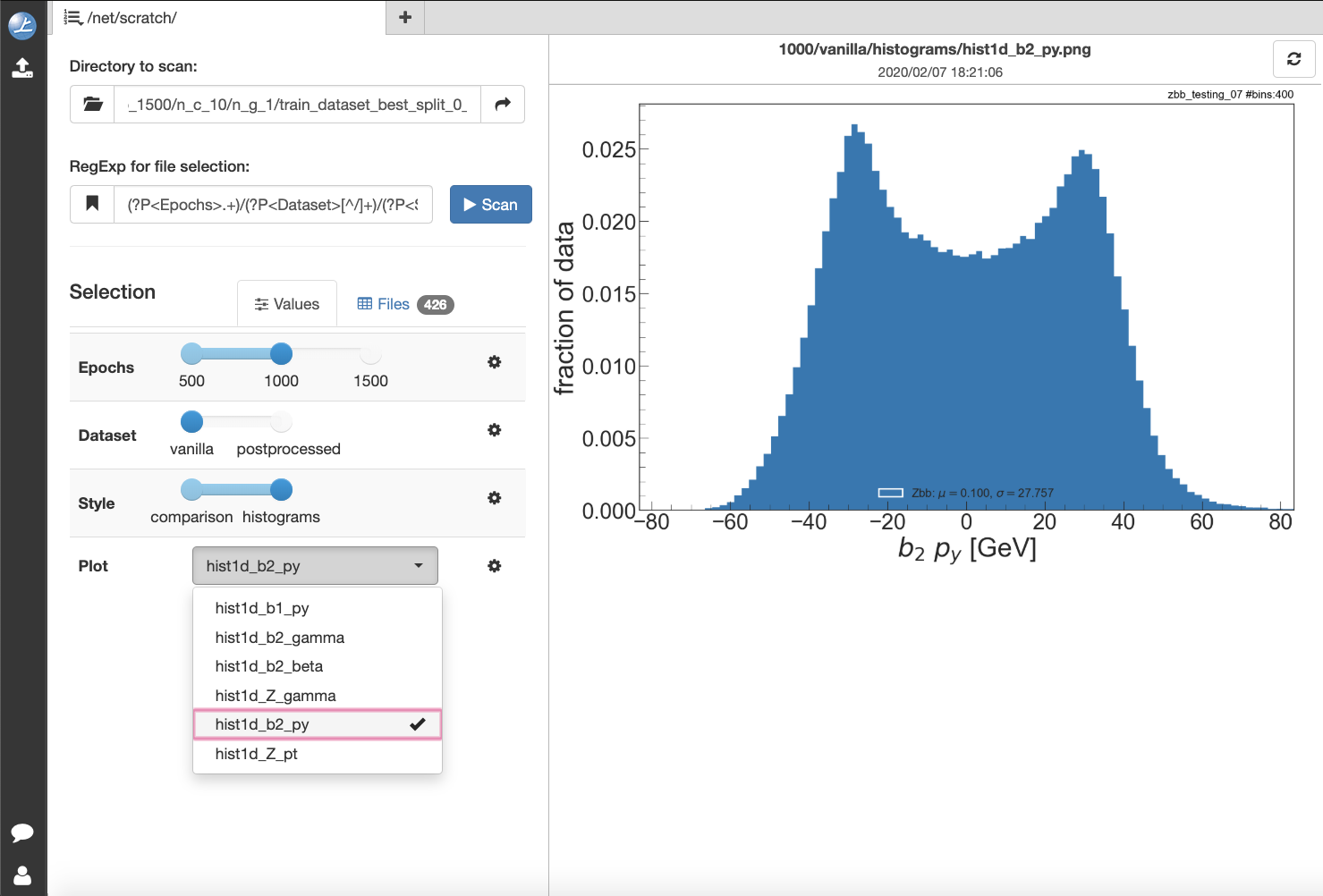
In addition to the default VISPA cluster, VISPA can also be used on any ssh-reachable resource.
You can choose the cluster you want to work on and just add it to the workspace list. You have to specify a workspace name, the host and the user once and after you have logged in you can switch to your preferable remote location.
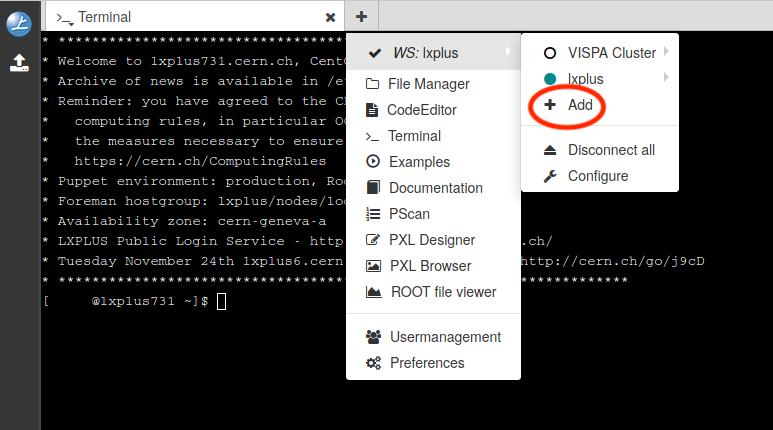
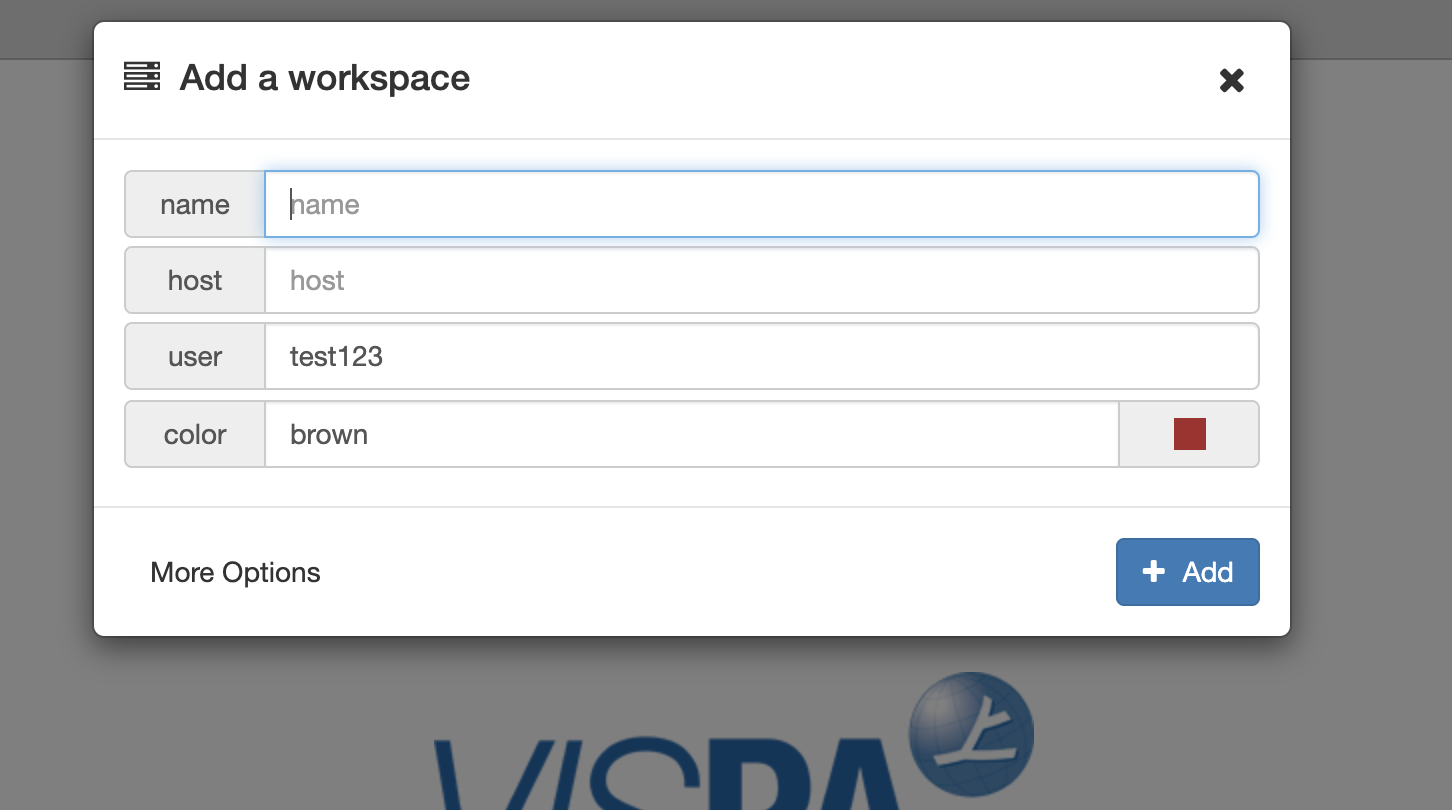
Making VISPA adjustable to satisfy the users individual taste of the GUI appearance and working style was one of the main design goals of the VISPA platform. In the preference menu, which can be opened from the drop down menu, all preference settings can be adjusted.
The preferences are grouped by category starting with general preferences of the platform followed by preferences of the individual extensions. You can e.g. adjust all shortcuts to your preferred key combinations, specify the default file browser appearance (symbol or table view) or change the size of the two column layout of the code editor.
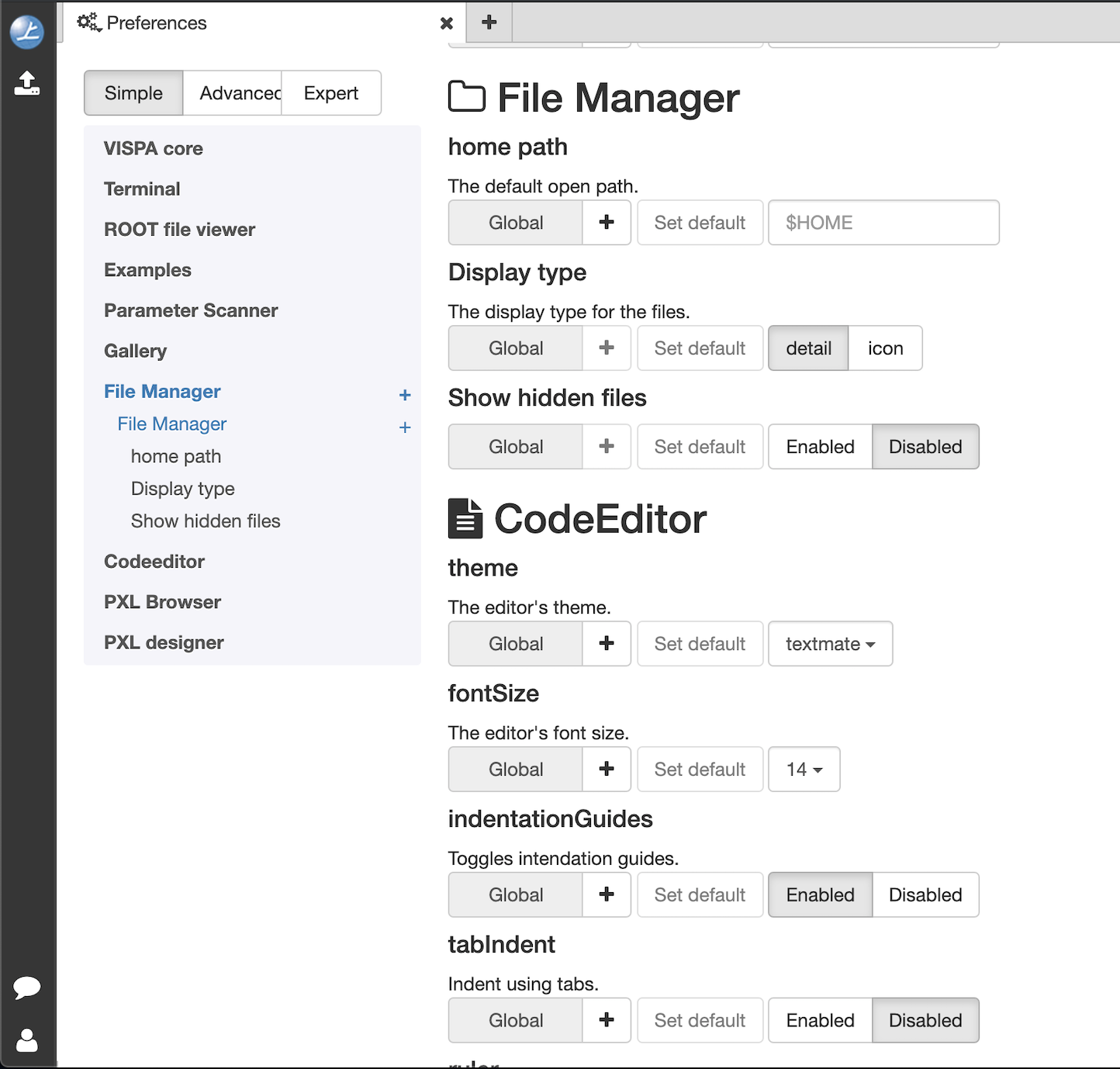
You can open any .root file just by opening it with the ROOT file viewer. There you can interact with the graphs by e.g zooming in and out, changing view points and receiving exact coordinates by hovering over the desired area.

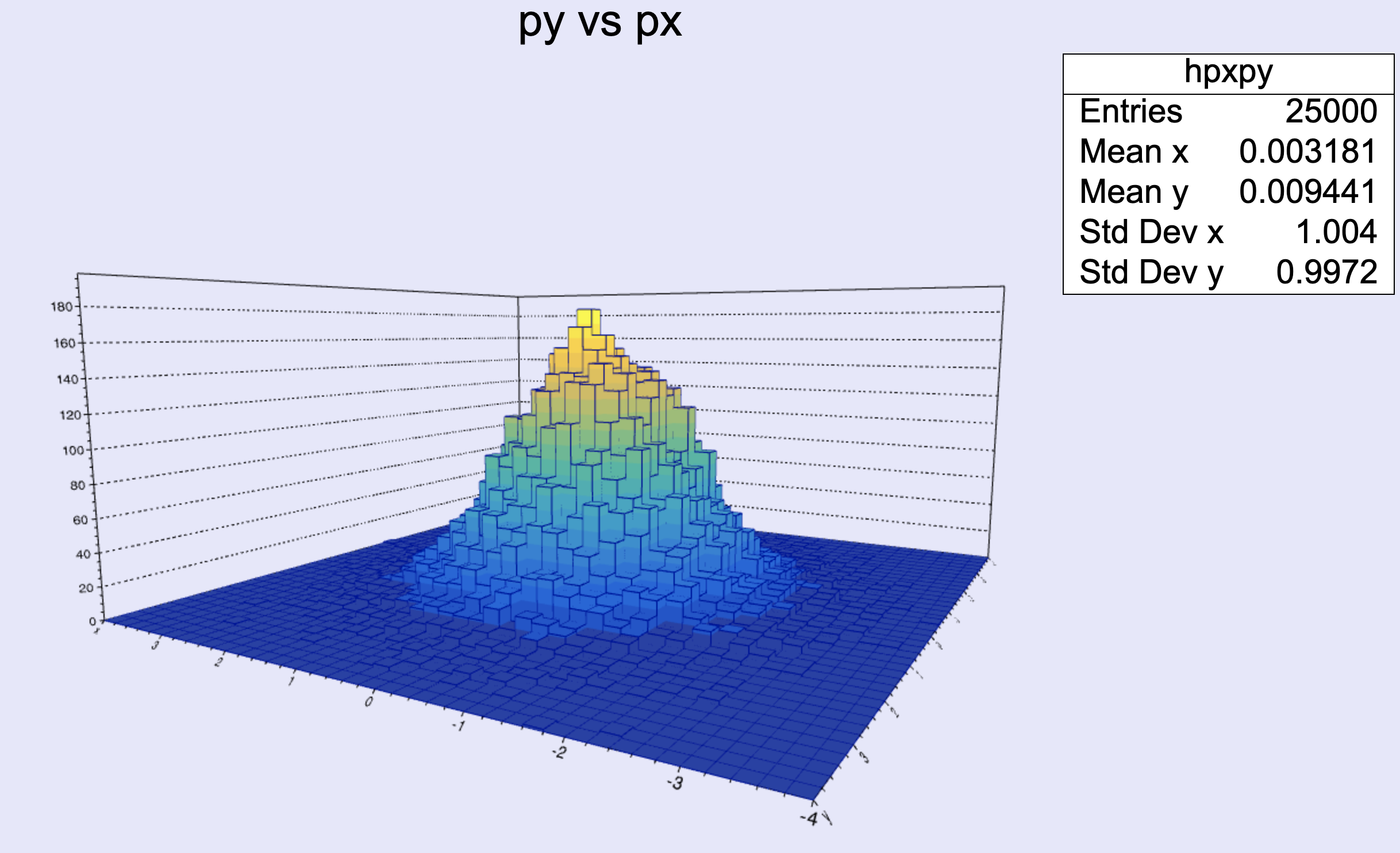
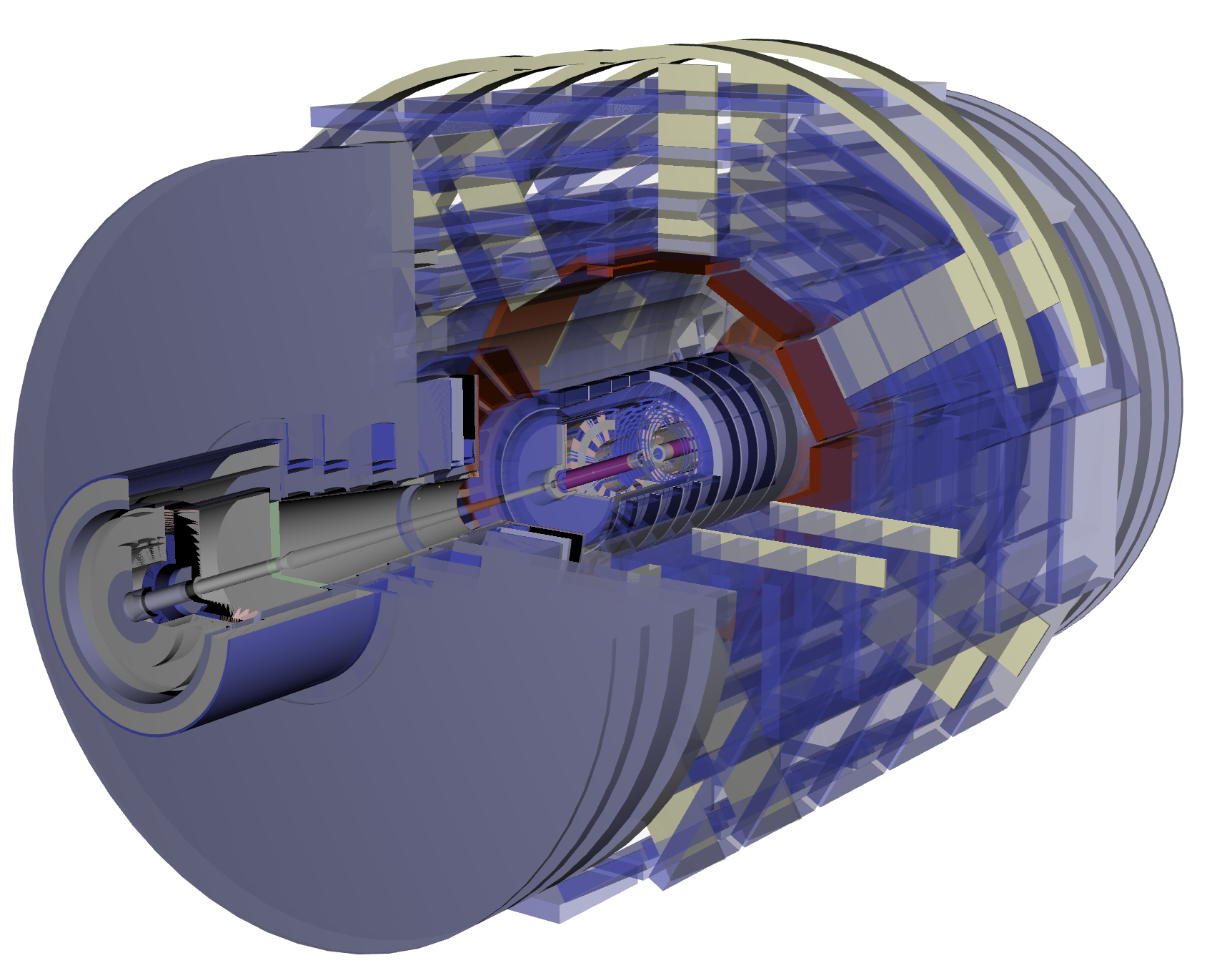
PXL is a C++ class collection for four-vector analysis and hypothesis evolution in advanced high energy particle physics analysis (HEP).
It provides a general, persistent container model for HEP events. Event information and reconstructed objects can be stored by deploying PXL generalized objects such as particles, vertices, events and collisions. In the analysis of an event containing reconstructed data, new information can be added to each object by means of user event data. PXL provides the relation management necessary for building up decay trees in high-luminosity events with multiple collisions. It also provides classes for multi-process analysis and hypothesis evolution for processes with ambiguous event topologies.
PXL Documentation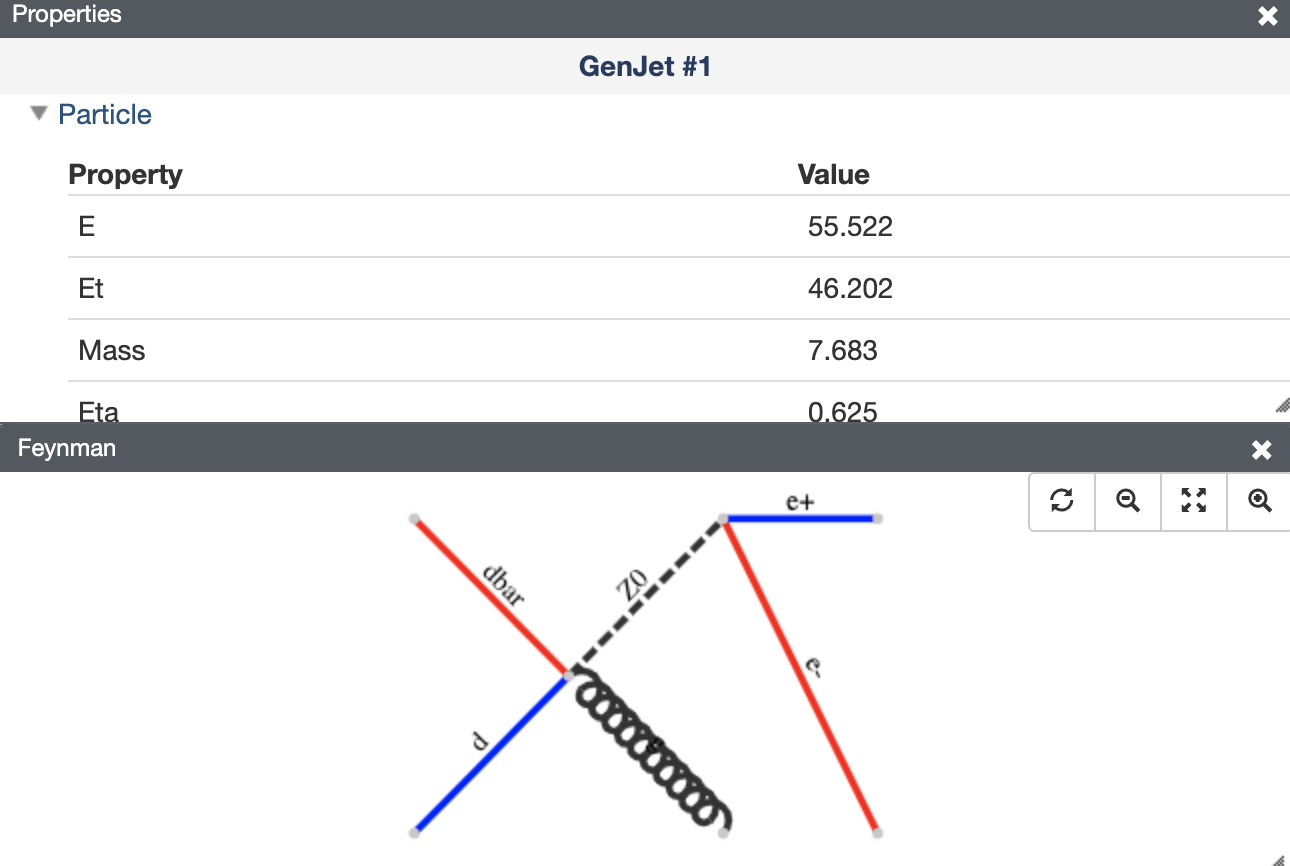
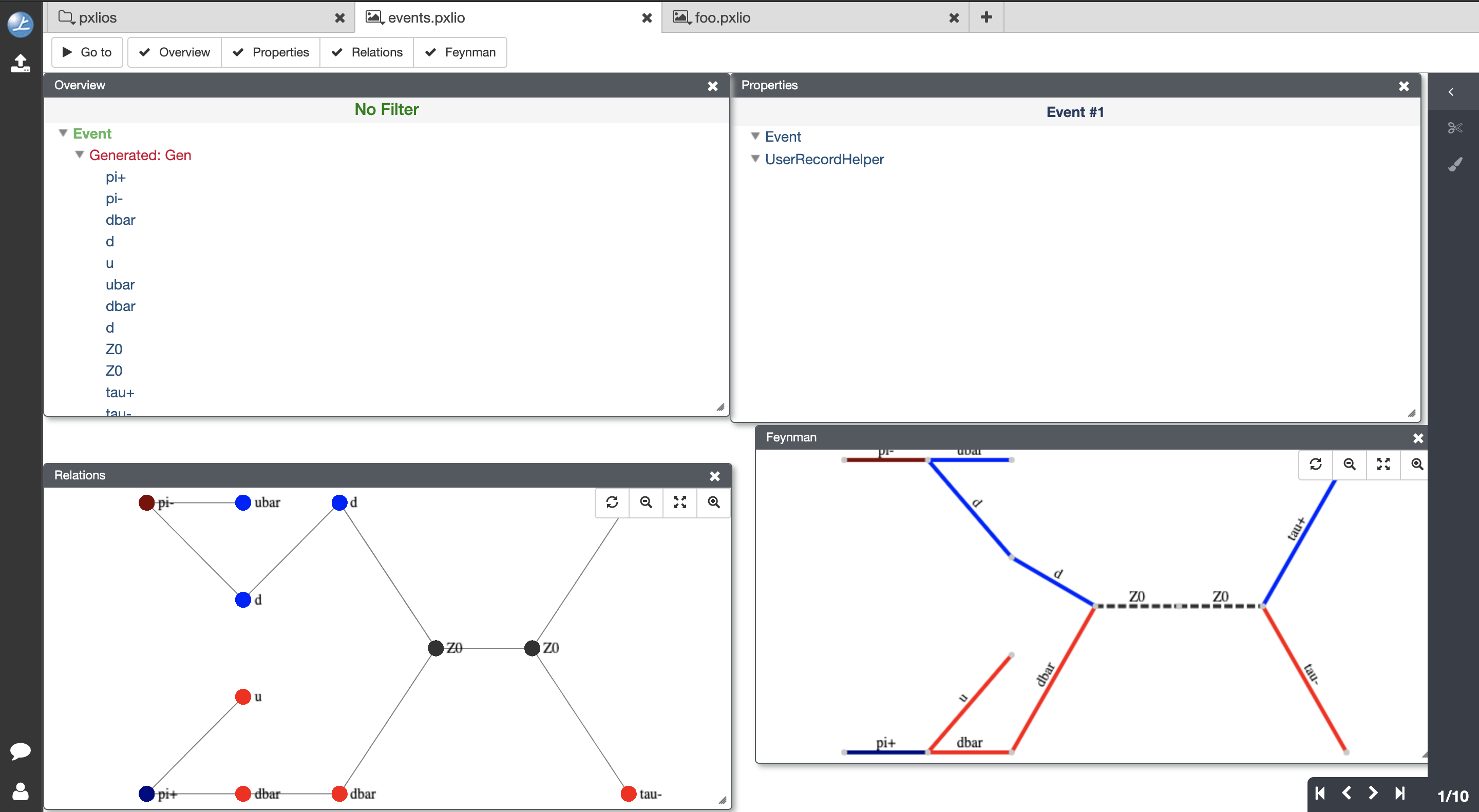
VISPA is constantly improved. Please help us by providing your feedback. Just use the "Feedback" button in the lower left corner, represented by a speech bubble. If preferred, your can leave your feedback anonymously.

